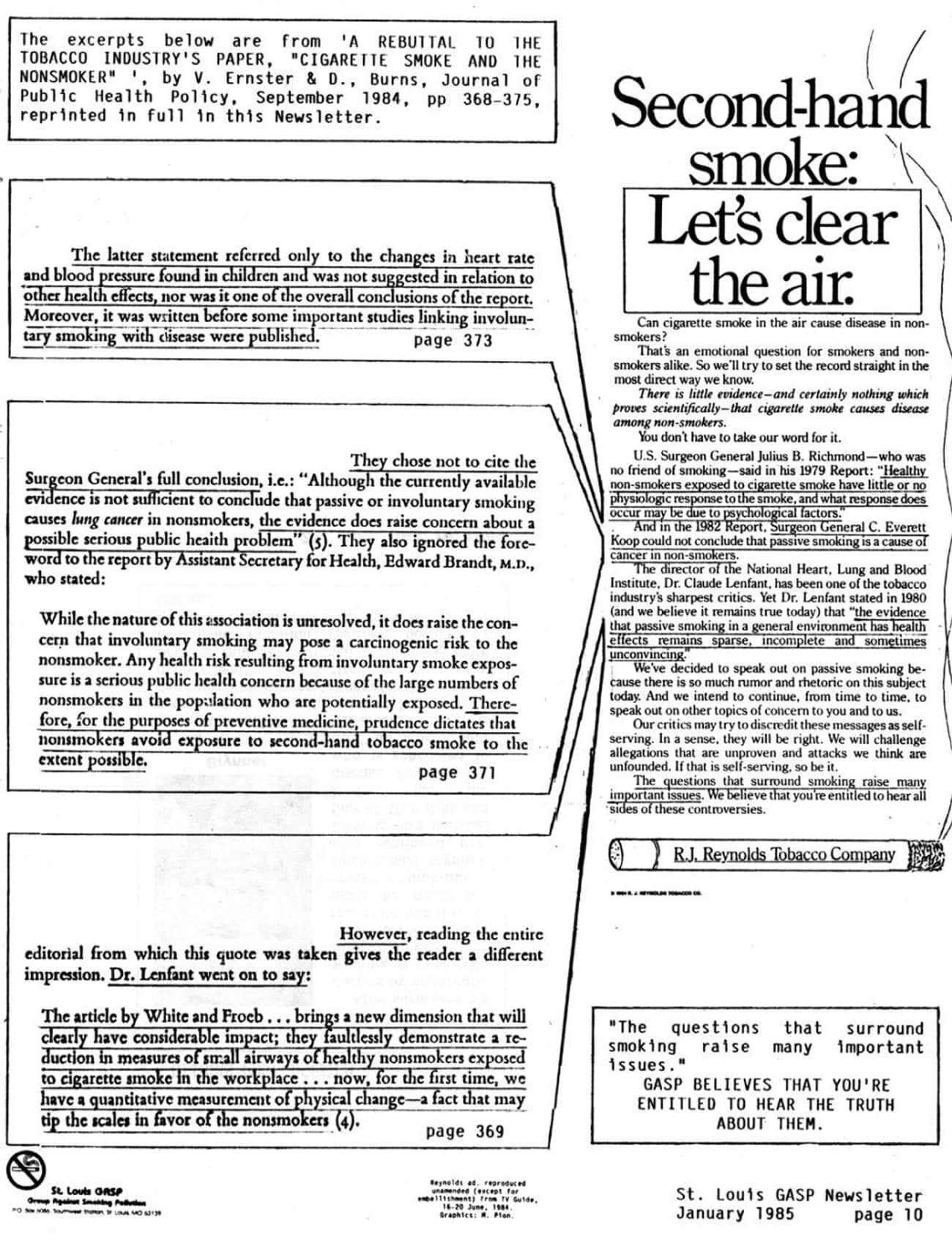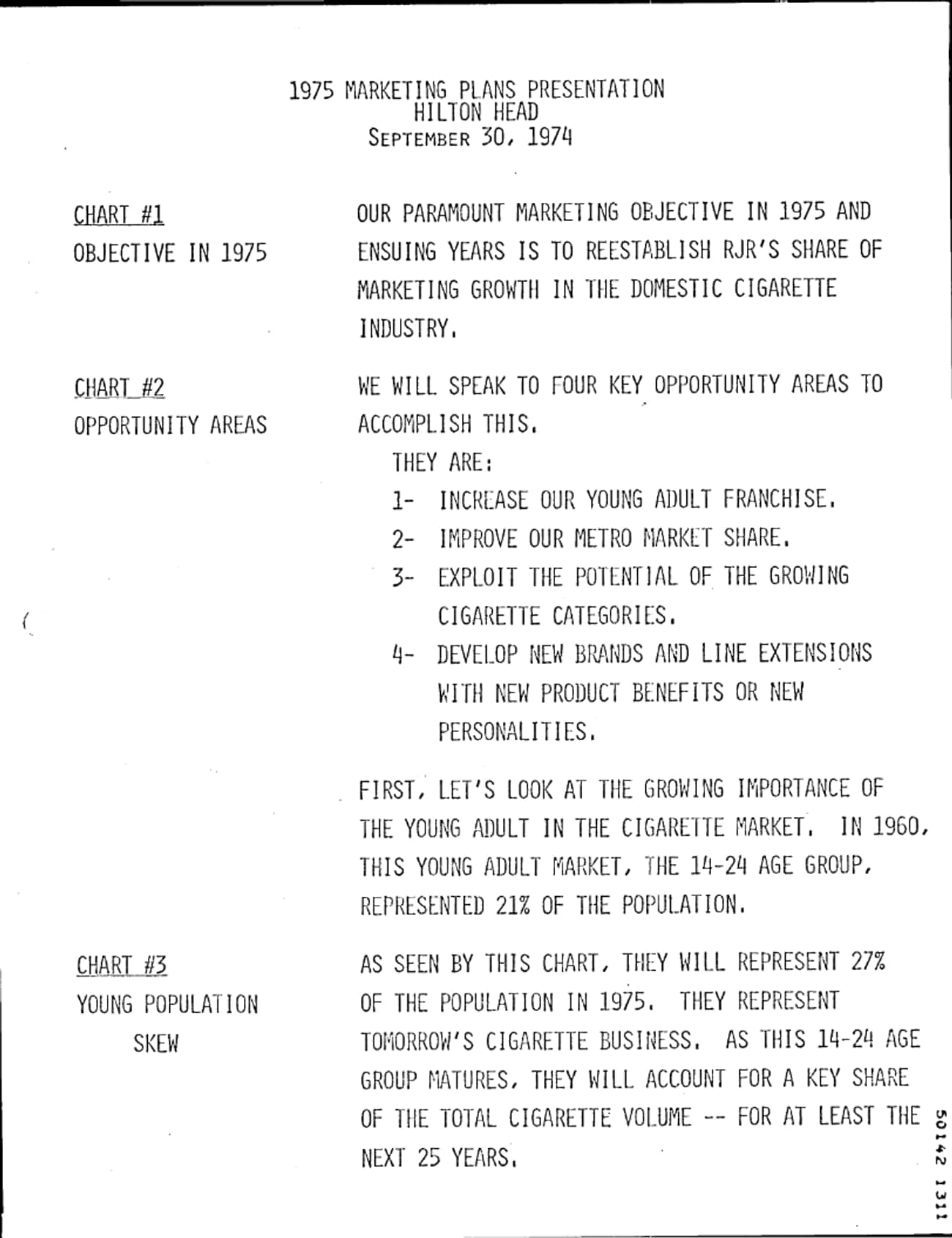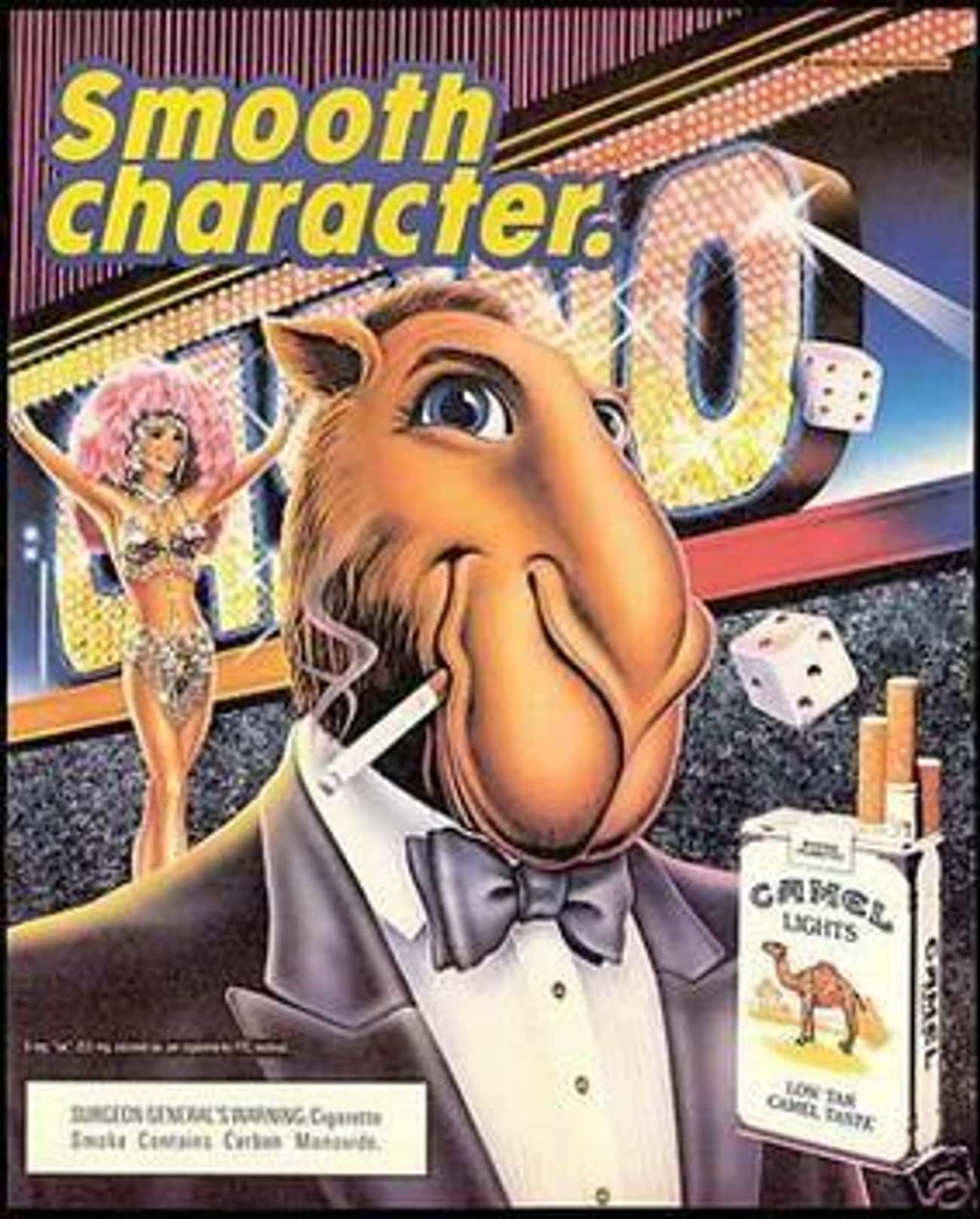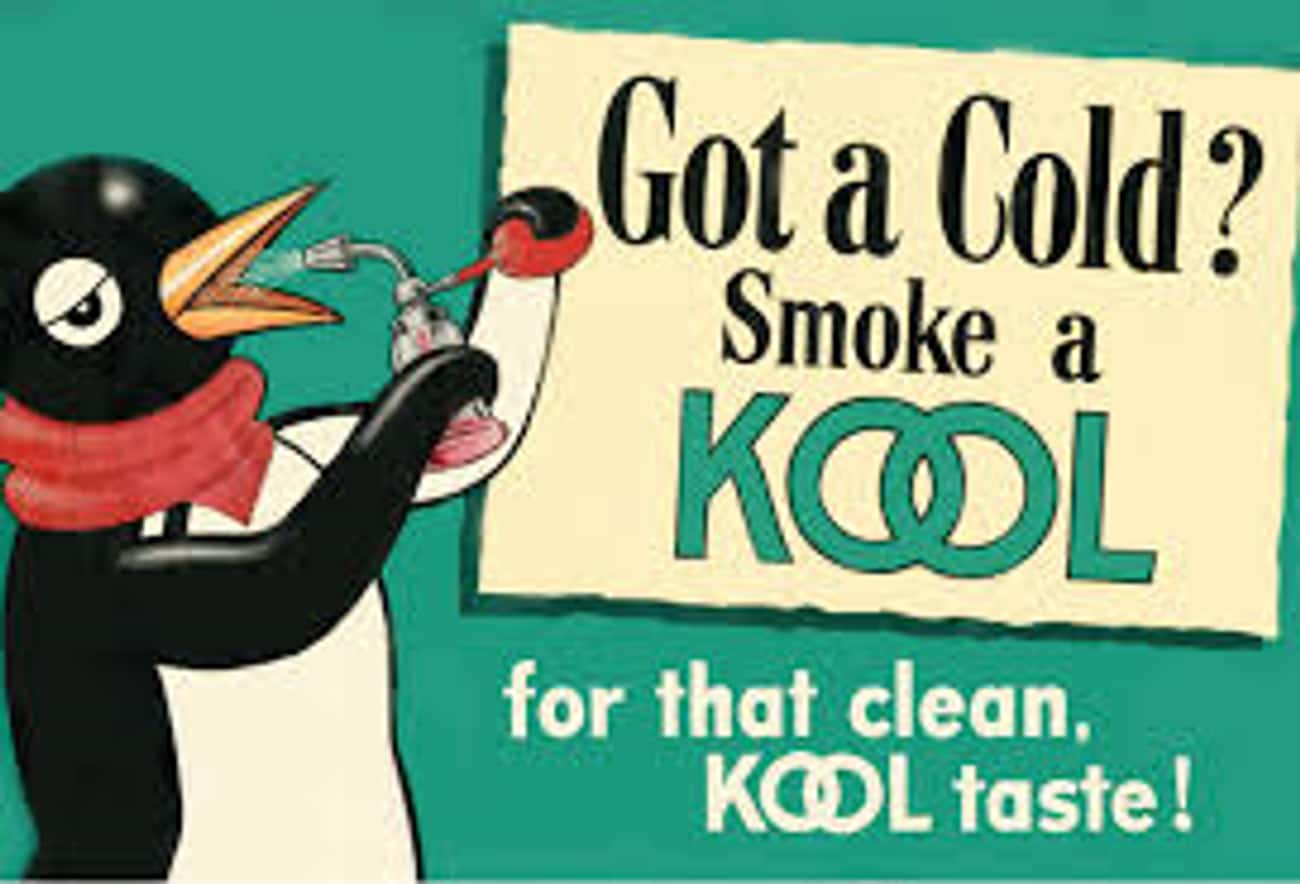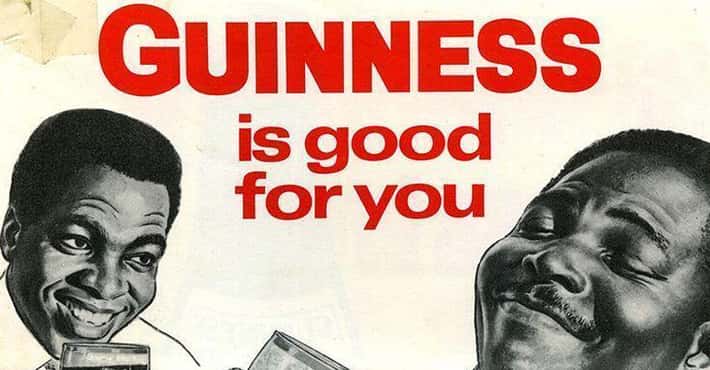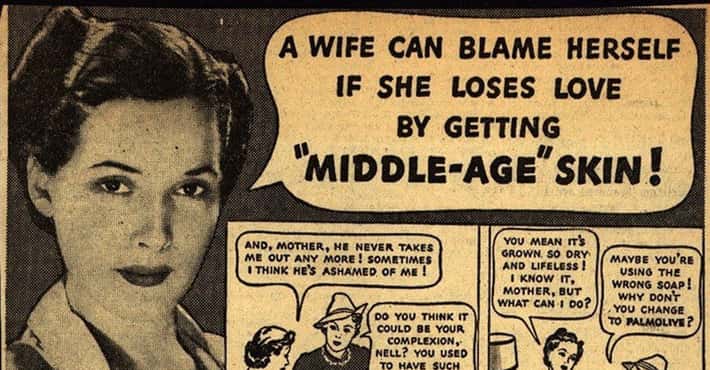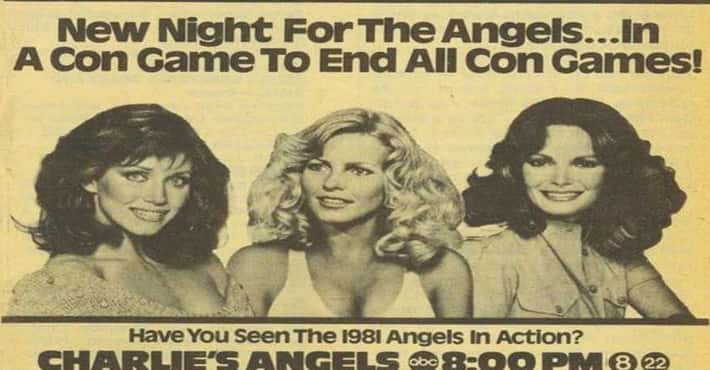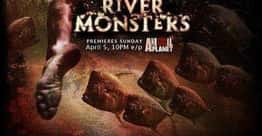Meet Joe Camel, The Smooth Character Who Encouraged Children To Smoke
- Photo: R.J. Reynolds Tobacco Company
Joe Camel Was Drawn By A European Artist In The 1970s And Unveiled In The US In 1988
In 1988, Joe Camel made his first US appearance in Camel’s 75th anniversary campaign: "75 years and still smokin'!"
Long before R. J. Reynolds Tobacco Company launched the campaign, however, the caricature of Joe Camel had already been influencing existing and would-be smokers across Europe for over a decade.
The anthropomorphized camel was designed in 1974 by a British artist named Nicholas Price, and was based off of the camel figure in the original Camel logo (known as "Old Joe"). Old Joe had been used by the cigarette company ever since its first advertising campaigns launched back in 1913. This advertising strategy shift was crafted for a French campaign and featured Joe sporting a Foreign Legion hat.
The Sharp-Dressed Camel Was An Attempt To Make The Brand Look 'Smooth'
With the launch of Camel's 75th-anniversary campaign, developed with the help of the McCann-Erickson advertising company, US audiences were introduced to a completely revamped version of the Camel logo they had previously been familiar with.
To better compete with tobacco industry leaders like Marlboro, Camel hoped to “freshen up [their] brand’s stale image” with the anthropomorphic camel. Joe was depicted in fashionable threads like leather jackets and tuxedos, and often in the company of a woman.
While past campaigns had invited smokers to “...walk a mile for a Camel,” this new, “jazzier” character promoted a much different image. Joe appeared to be a smooth-talking man’s man (or camel man) who invited viewers to become a “smooth character” like himself.
Critics soon argued that the ads were playing off of “the desire of young people to be hip” and that such an advertisement would increase rates of underaged smoking.
'A Young Smoker Will Stick With Smoking Longer Than An Older Smoker...'
With the introduction of Joe Camel, it became evident that R. J. Reynolds was using the advertising campaign to reflect “a more contemporary image among the crucially important segment of younger male smokers.” But why was this specific population so important?
According to Roy Burry, who was the senior vice president of Kidder, Peabody & Company (and a close follower of all the happenings in the tobacco industry at this time), "The over-21-year-old smoker is the most prized of all consumers... A young smoker will stick with smoking longer than an older smoker, who [perishes] or quits."
Additionally, by creating advertising campaigns that present smoking as being “pleasurable and [making] a person more popular and attractive,” the company could more easily convince young people that they, too, will enjoy smoking, according to a study by Dr. Joseph R. DiFranza with the University of Massachusetts.
There is a catch, of course. Due to the hazardous nature of cigarettes, tobacco companies are constantly up against the challenge of replenishing a depleting consumer base - hence the importance of instating brand loyalties with consumers while they are still young.
Joe Camel Was As Familiar To Six-Year-Olds As Mickey Mouse
One of the most notable scandals surrounding the Joe Camel cartoon was his appeal to children and underaged consumers. Even though R. J. Reynolds Tobacco Company repeatedly denied any intent for the character to attract the attention of underaged audiences, the statistical data suggested otherwise.
By 1991 (four years after Joe Camel’s first US appearance), the Journal of the American Medical Association had completed a study that suggested the cartoon character “was widely recognized by and popular among children.” Another study in a New York Times article noted that “even without cigarette advertising on television... six-year-old children were as familiar with Old Joe Camel as they were with the Mickey Mouse logo for the Disney Channel.”
One study published by Dr. Paul M. Fischer with the Medical College of Georgia claimed that the intentions of R. J. Reynolds' Joe Camel ads were "irrelevant" if their advertising "affects what children know." In other words, "Cigarette advertising may be an important health risk for children."
The same study also showed that, upon surveying 229 preschoolers, nearly "30% of 3-year-olds and more than 90 percent of 6-year-olds correctly linked Old Joe Camel to a cigarette."
Camel’s Parent Company Insisted The Campaign Was Designed To 'Encourage Adult Smokers To Switch Brands'
After its first advertising campaigns were released in 1913, Camel quickly became one of the most popular cigarettes in the US. Yet because the company promoted unfiltered cigarettes, it was unable to compete with the rise of filtered cigarettes - a market shift spearheaded by brands like Marlboro in the 1950s.
From that point on, Camel advertisers found themselves playing catch-up. They developed new campaigns in an attempt to compete with the shifting market, yet no campaign came close to the success of Joe Camel.
According to Mezzina/Brown Inc., the agency that R. J. Reynolds worked with after October 1989, Joe Camel was meant to be “a whimsical caricature... designed to appeal to the adult smoker and to encourage adult smokers to switch brands.”
Even when critics claimed that Camel’s ads were strategically targeting young people, R. J. Reynolds continued to assert that Joe Camel could be “anything but a standard market tactic meant to persuade adult smokers to switch to Camel from bigger brands like Marlboro.”
Joe Camel Also Had An Entire 'Hard Pack' Of Cartoon Buddies And A Merchandising Campaign Based Around 'Camel Cash'
In addition to voicing concerns over the advertisements themselves, critics also lambasted the various promotional tactics Camel used outside the realm of billboards and magazine ads.
One such promotional tactic, "Camel Cash," was essentially a Camel-branded currency that allowed those who purchased the cigarette packs to earn points, or C-notes. With C-notes, Camel smokers could obtain Joe Camel-themed merchandise. Promotional merchandise options included everything from Joe Camel-branded T-shirts, baseball caps, watches, inflatable mattresses, and more.
The problem was that many of these items, and the system of points through which they were earned, were especially attractive to young people. Dr. John P. Pierce from the University of California at San Diego explained to the New York Times in 1991: “These are all items that kids would want, and the only way to get them is to buy Camel cigarettes.”
In addition to the C-notes, Joe Camel was also accompanied by a group of cartoon friends - Josephine, Eddie, Floyd, Max, and Buster - in the cigarette packages’ “five-pack collectors’ series.”
Intentional Or Not, Camel’s Market Share Among Teen Smokers Skyrocketed
Despite the fact that R. J. Reynolds continued to deny allegations that the Joe Camel ads were targeting teens and children, the data soon became undeniable.
As early as 1990, a survey conducted by Dr. John P. Pierce with the University of California, San Diego, revealed that “among 5,040 California youths, 22% of girls and 25% of boys [who] smoked chose Camels.” This finding, cross-referenced against similar studies, suggests this demographic had a significant influence on Camel’s growing market share against its competitors.
As the New York Times explained, “since the start of the Old Joe campaign [in 1988], the brand had become the choice of one-quarter to one-third of smokers under the age of 18. Before the campaign began... less than 1% of those under 18 smoked Camels.”
In fact, another study found that, on average, "young people were found to be far more familiar with the Camel logo than the adults were" across the US.
- Video: YouTube
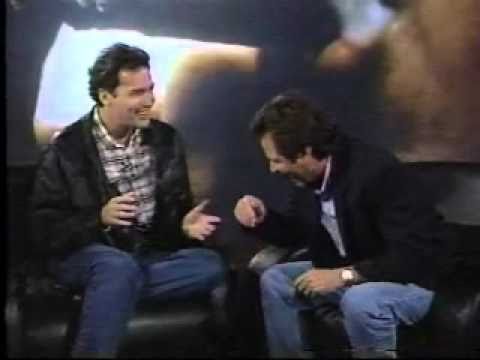
'Usually It’s Subliminal... This Character, You Have To Find The Godd*mn Camel'
The Joe Camel design sparked another scandal beyond its appeal to children. Even a cursory observation of the cartoon will reveal his suspiciously phallic nose.
R. J. Reynolds asserts that it is just a regular nose with a little creative embellishment, but others aren’t so sure. According to the New York Times, “critics say it was drawn in a phallic fashion to suggest that smoking is a virile pursuit.”
Stand-up comedian Norm MacDonald was quoted during an interview with Dennis Miller as saying of the cartoon, “usually it’s subliminal, you have to find the c*ck... this character, you have to find the godd*mn camel.”
A Congressman Likened Camels' Ads To An Immoral Campaign To 'Drive Drunk - Just For The Fun Of It'
With the rise of Joe Camel ads in the late 1980s and the ensuing debate around the campaigns’ intention, the entirety tobacco industry came under fire.
Findings from various studies regarding the impact on youth populations garnered the attention of numerous politicians, including Representative Henry A. Waxman, who wrote an accompanying piece to one such study calling for a ban on all tobacco advertising:
The success of the tobacco industry is dependent on recruiting people who don't believe that smoking kills. Enticing children, third-world populations and disadvantaged members of our own society to smoke is the only way for tobacco companies to make up for the number of smokers who quit or die...
Waxman compared tobacco ads to "the moral equivalent of a national campaign to 'drive drunk - just for the fun of it.'"
Discussions about potential restrictions on advertising efforts began and eventually reached as high as the Clinton presidency before finally being implemented.
R. J. Reynolds Responded With A Series Of Full-Page Ads Called 'Let's Clear The Air On Smoking' To Clarify Smoking Is For Adults
As the debate surrounding the Joe Camel ads grew, R. J. Reynolds formulated a response inviting people to learn more about each side of the argument.
The company did this by taking out full-page, text-heavy ads in various newspapers and magazines stating that they’d like to "clear the air on smoking."
Unsealed Court Documents Detail R. J. Reynolds’ Long-Standing Market Research Into How To Attract 'Young Adult Smokers'
If statistical data from numerous surveys and studies wasn’t enough to prove the true impact of the Joe Camel ads on young people, the most damning evidence came in the form of R. J. Reynolds’ own internal documentation.
In a document from a September 30, 1974, marketing presentation detailing goals and plans for the next year, the very first point reads: “Increase our young adult franchise.” It then goes on to note the “growing importance of the young adult in the [tobacco] market,” and that “they will represent 27% of the population in 1975... they represent tomorrow’s cigarette business.”
Here, the "youth" the document refers to includes anyone aged between 14 and 24 - which, by definition, includes those who are underage.
The document goes on to reflect the strategies and campaigns in place for the coming year that are meant to achieve the “increase” in their young adult audience. There is also additional documentation courtesy of the RJR Marketing Research Department outlining the specific influences that lead a smoker to “select their first brand of cigarette.”
After Continued Pressure And Public Outcry, R. J. Reynolds Discontinued Joe Camel In 1997
After nearly 23 years’ worth of advertising on an international scale, R. J. Reynolds Tobacco Company chose to end the Joe Camel campaigns in 1997. Despite the fact that the lifespan of the campaigns brought with them harsh criticism from politicians and anti-smoking advocates alike, the company asserted that the decision was purely strategic and not due to social and political pressure.
Fran Creighton, who was vice president of marketing for Camel at the time of the announcement, explained that, “like other consumer product marketers, we embrace the theory that variety is the spice of life.” And with this decision, the Camel campaigns reverted back to featuring the classic, well-known desert camel and pyramids logo.
- Photo: R.J. Reynolds Tobacco Company
'...He Had It Coming'
Washington’s response to Joe Camel's retirement was pointedly positive. Shortly after R. J. Reynolds made its announcement, President Bill Clinton expressed his approval of the decision by stating that, “We must put tobacco ads like Joe Camel out of our children's reach forever.”
Clinton’s chief domestic policy advisor, Bruce Reed, echoed the sentiment with the notable line, “Joe Camel is dead... He had it coming.”
From this point on, the R. J. Reynolds Tobacco Company removed the Joe Camel cartoon from everything from billboards to store window posters.
- Photo: Brown & Williamson Tobacco Corporation
Another Tobacco Giant Made Their Own Attempt At Joe Camel-Level Success… With A Penguin
Kool, whose parent company is the Brown & Williamson Tobacco Corporation, revamped their own brand mascot in much the same fashion as Camel did.
"Willie" was a sunglasses-wearing penguin who seemed to be aiming for the same type of audience as Joe Camel. Much like Old Joe, Willie had been present in earlier Kool ads, though without the attitude of his ‘90s incarnation.
Kool denied Willie was inspired by Joe Camel and his success. A brand spokesperson even claimed, “I don’t think there’s any resemblance at all.”




